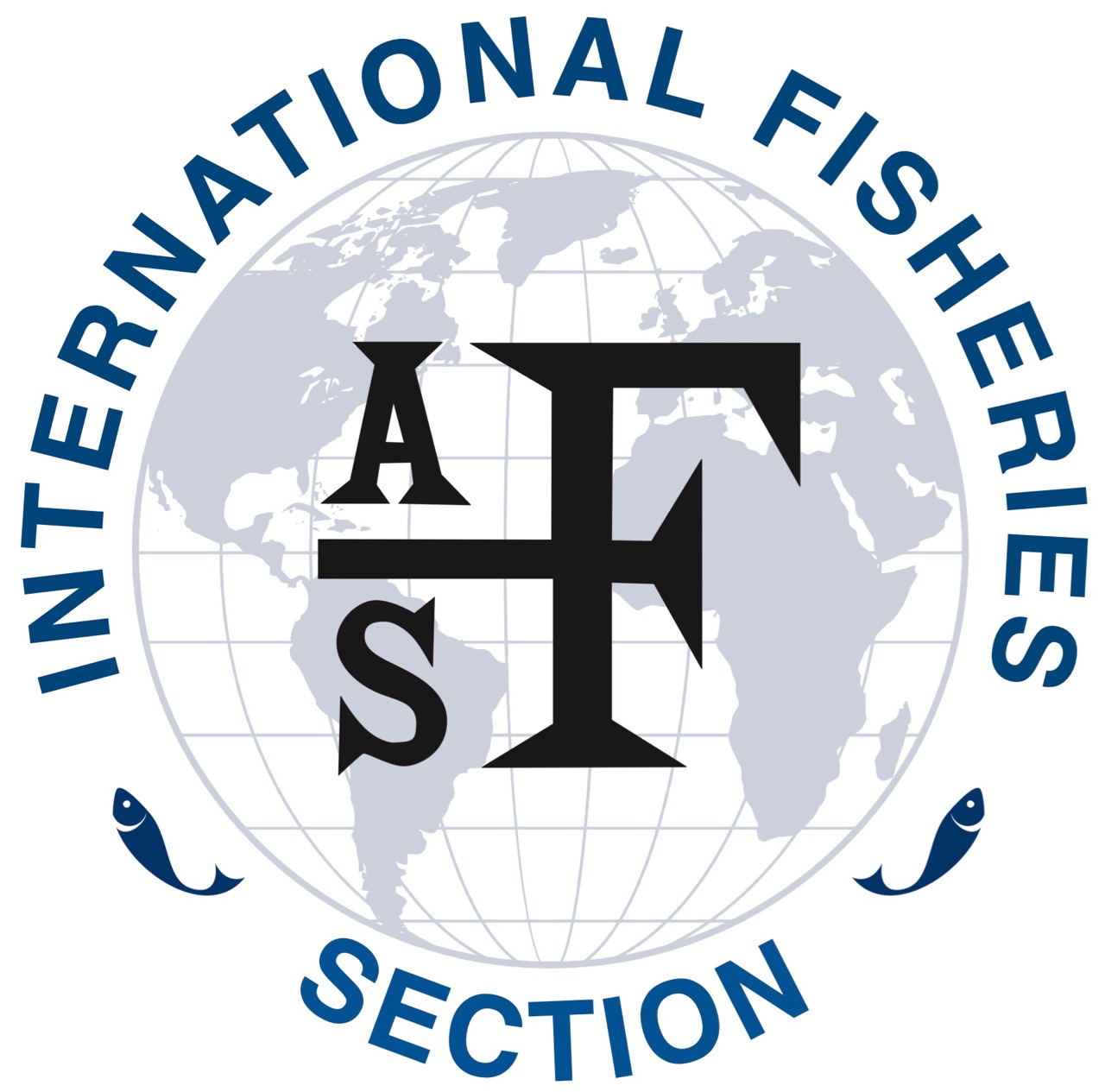Patrick Cooney
Thank you to the Fisheries Society of the British Isles and the International Fisheries Section of the American Fisheries Society for sponsoring me to attend the 2013 meeting of FSBI in Glasgow, Scotland. I had an incredible experience presenting a poster while meeting with international colleagues. Again, thank you for this incredible experience!
The Fisheries Society of the British Isles: Deep-Sea Fish Biology 2013
By Patrick Cooney
In a rare occurrence, the early July sun shone brightly for a week on the Scottish landscape that is so typically shrouded in dark clouds and rain. In a similarly bright and rare occurrence, nearly 100 of the world’s leading deep-sea fish researchers convened at the University of Glasgow, Scotland for a special meeting of the Fisheries Society of the British Isles (FSBI) from July 8th-11th, 2013. The theme of the meeting was Deep-Sea Fish Biology, and was excellently organized by David Bailey, Jeff Drazen, and Francis Neat.
The conference formally opened amongst the incredible zoological collection of the Hunterian Museum on the University of Glasgow campus. Inspirational opening remarks from meeting organizers commended the dedication of research scientists for exploring the great unknown, as well as for gathering in Glasgow to share research findings about deep-sea fishes with other leading experts.
Deep-sea fisheries research has a rich international history that was clearly demonstrated by the researchers in attendance. Besides the President of FSBI Ian Winfield, the Presidents of both the American Fisheries Society (AFS) and the Chinese Society of Fisheries were in attendance. Further, authors of contributed oral presentations and posters represented 16 countries! This international representation is not new, as prominent individuals who initiated the field of deep-sea fish research nearly a century and a half ago similarly hailed from many countries, as Monty Priede, a keynote speaker at this year’s meeting, excellently dictated in his presentation.
Over the course of the four day symposium, six keynote speakers, representing six different countries, spoke on separate themes associated with global deep-sea fish research. In total, 38 oral presentations and 13 posters discussed a broad range of topics including diversity, recruitment variability, distribution patterns, life history strategies, physiological adaptations, and sampling techniques of deep-sea fishes.
A common theme of the speakers at the conference was an indication that fish living at significant depths encounter a multitude of environmental challenges. Keynote speaker Ivone Figueiredo indicated that with high pressure, low light, and lack of primary production in deep-sea regions, deep-sea fish often express slow growth rates, high longevity, and delayed maturation. These adaptations create added complexity when conducting research or managing commercial exploitation. Clive Trueman, a keynote speaker, discussed how the lack of primary production in deep-sea regions eliminates the typical source of nutrients found in shallow regions. Therefore, energy inputs are not as readily available and come from non-typical sources like hydrothermal vents, marine snow, or, as keynote speaker Tracey Sutton demonstrated, from organisms that make large-scale vertical feeding migrations to shallower water. These variable energy sources, combined with long food chains, create unique stable isotope signatures that have aided in determining trophic levels of individual species.
The deep-sea scientists at the conference not only discussed the challenges the fish face, but also the unique challenges researchers encounter when sampling. Most often the challenges are caused by the depths and pressures of the study environments in combination with the incredibly vast volumes of water available for sampling. Richard Haedrich, a keynote speaker, described how deep-sea research scientists have adapted over the last 40 years to use more advanced sampling gears, like submersibles and remote recording devices. Advanced technologies have also helped map deep water topography in great detail, all ultimately aiding in the capture or observation of fish from the deep. Tracey Sutton explained how using these technological advances combined with more robust sampling, has indicated that historic estimates of fish biomass in deeper zones are most likely underestimated by several orders of magnitude. He went on to state that considering more recent deep-sea sampling, the majority of the Earth’s fish biomass is likely in the Bathypelagic and Mesopelagic zones, as opposed to older estimates that indicated highest biomass levels in the Epipelagic region.
It was made clear by all speakers that research questions must be carefully considered to account for the unique life history strategies of the organisms from the deep-sea environment. Researchers must consider variables like extremely low metabolic rates due to cold temperatures at depth, low fecundity rates of long-lived species, or poorly understood stock sizes and distributions. Further, sampling in these environments is time consuming and costly, therefore many talks described great collaborations amongst a consortium of leading scientists that help save on cost. Odd Askel Bergstad, another keynote speaker, indicated that by collaborating, it was learned that long lived deep-sea fish, like orange roughy, can display single strong cohorts that may have a dramatic influence on abundance and size structure across long time scales. Another collaboration over a long time scale, as discussed by Paul Yancey, indicated that regression of measured concentrations of trimethylamine N-oxide in cells of fish across a large depth gradient may explain the 8,000m depth limitation observed for fish.
Outside of the standard presentations, two improvised presentations were made during the course of the conference. The first was a historical account of the last deep-sea meeting held in 1996, complete with photographs. The second was a deep-sea photograph and video collage that created stimulating open conversation amongst attendees about parasites and unique behaviors associated with deep-sea fish.
Ample opportunity was provided for research discussions outside of the formal presentations. Ashton Lane, with its quaint cafes, provided a much needed reprieve from the heat while discussing future collaborations. Additionally, the conference banquet at Oran Mor restaurant was an enlightening experience under the rafters of a converted house of worship.
Once again, the international nature of this Society was on display when three medals were bestowed upon esteemed researchers during the conference banquet. The Fisheries Society of the British Isles Medal was announced for Katherine Sloman of the University of Scotland, U.K, the Le Cren Medal to Phil Pister who is retired from the California Department of Fish and Game, U.S.A, and the Beverton Medal to Felicity Huntingford, Emeritus Professor in the College of Medical Veterinary, and Life Sciences of the University of Glasgow, U.K.
Overall, the assembled experts at the meeting gave specific focus to what is known about deep-sea fish along with where they believe the field is headed. There is a sense of growing concern about increased exploitation of deep-sea fish as fishing efforts shift away from shallow and coastal regions into deeper environments. The race is on by scientists to develop comprehensive research of deep-sea fish populations to gain greater understanding of the discussed topics.
The organizers of this conference are to be commended for their excellent selection of venues and keynote speakers, and for their strong encouragement of student involvement in presenting their research amongst such esteemed deep-sea scientists. I was greatly honored to represent the American Fisheries Society and Jenna Munden was honored to represent the Canadian Conference for Fisheries Research as International exchange students at this meeting. We both presented at the meeting and gained valuable insight over the course of the week, and appreciate the funding from both our home Societies as well as the Fisheries Society of the British Isles.
It was apparent from the conference that deep-sea research is appropriately gaining greater attention and notoriety. The future is bright for this field, despite the darkness of the depths, because of the dedicated international team of scientists at the helm of these research endeavors.

